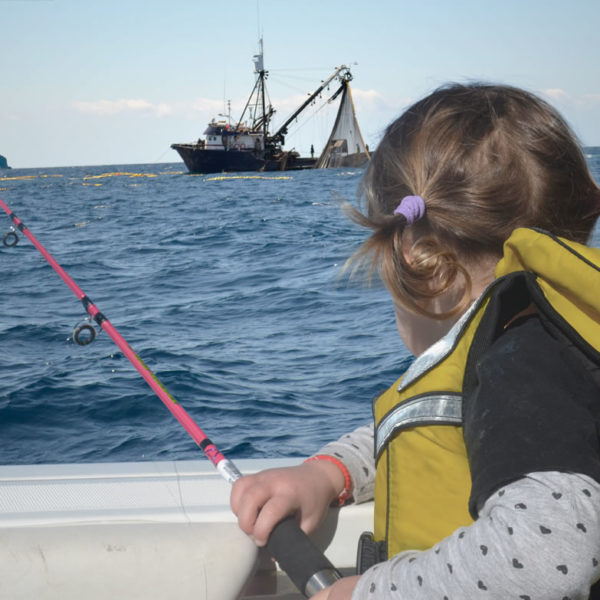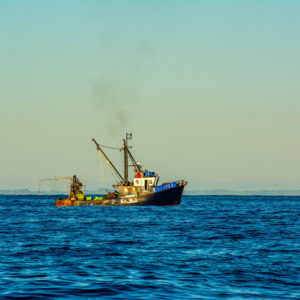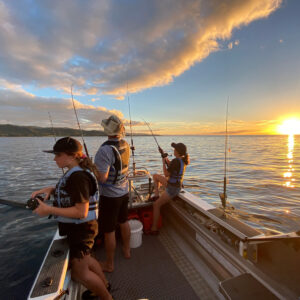Kiwis have had enough of indiscriminate bulk harvesting fishing methods and are refusing to tolerate the fish depletion and habitat destruction that follows. Bottom trawling and dredging in sensitive inshore waters damages important juvenile fish habitat and kills seabed creatures. Purse seining removes layers of life important to foraging seabirds and marine communities.

Fundamental change is required. This is why LegaSea and the New Zealand Sport Fishing Council have developed the Rescue Fish policy. Now we need to generate public discussion, to build on these solutions so we can reform fisheries management and restore fish abundance.
What is Rescue Fish?
Rescue Fish sets out a new and fairer fisheries management system. One that is not dominated by the corporate quota owners, it’s a system that rewards the hardworking commercial crews who catch the fish.
Firstly, the Government will need to buy back inshore quota and replace it with an affordable licence. A resource rental levy on commercial catch will be paid to the Government so all New Zealanders benefit from the use of our coastal fish stocks.
Rescue Fish means –
- Restored abundance and diversity. More fish in the sea is a vital step towards a more resilient inshore marine ecosystem.
- Cleaner marine environment. A ban on inshore trawling and dredging. Using more eco-friendly fishing methods will reduce damaging impacts on the seabed and help to protect our precious marine creatures, seabirds and dolphins.
- Fish for the people. Fish size and catch rates will improve for people who fish for their family. Food security is enhanced when resident commercial owner-operators are able to supply local demand for fresh seafood.
- High value, thriving commercial fishing sector. Regional jobs and family businesses will be encouraged. Commercial fishers will be able to export to high value markets while processing their catch locally, creating business opportunities in the regions.
- Honouring Treaty of Waitangi commitments. Success depends on honouring the Treaty, Māori consent for the reforms, and enabling Maori the opportunity to exercise proper governance of our fisheries so our kids can enjoy abundant marine life.
What does change look like?
To be durable and transparent Rescue Fish is founded on solid principles that will guide future actions, these are –
- All fisheries must be biologically, economically, and socially sustainable.
- All Fisheries laws will comply with the Treaty of Waitangi.
- The living marine resources of Aotearoa New Zealand remain the property of the people and cannot become the private property of private companies or individuals or sold abroad.
- To the greatest extent possible, commercial fishing rights will be granted in line with the principles of a market based system. The legislation will prevent private sales of licences or fishing rights.
- Catches will be landed in New Zealand and to the extent possible be processed here for added value.
- Only New Zealand owned and registered companies, or private New Zealand citizens, paying taxes in New Zealand and complying with all relevant employment and maritime law will be able to participate in New Zealand’s commercial fisheries.
- Within the inshore zone (12 nautical miles or 200 metre depth, whichever is more distant from shore) commercial fishing vessels may only be operated by the owner of the fishing permit.
Rescue Fish is a solution to restoring fish abundance and creating a healthy inshore marine environment.
It has taken years of research to develop a better management system, now we need you to get on board with Rescue Fish. Sign the petition and together we will show the politicians that New Zealanders want more fish in the sea.
Rescue Fish
Rescue Fish policy summary.
Rescue Fish policy – full document.
Please sign the Rescue Fish petition here.





